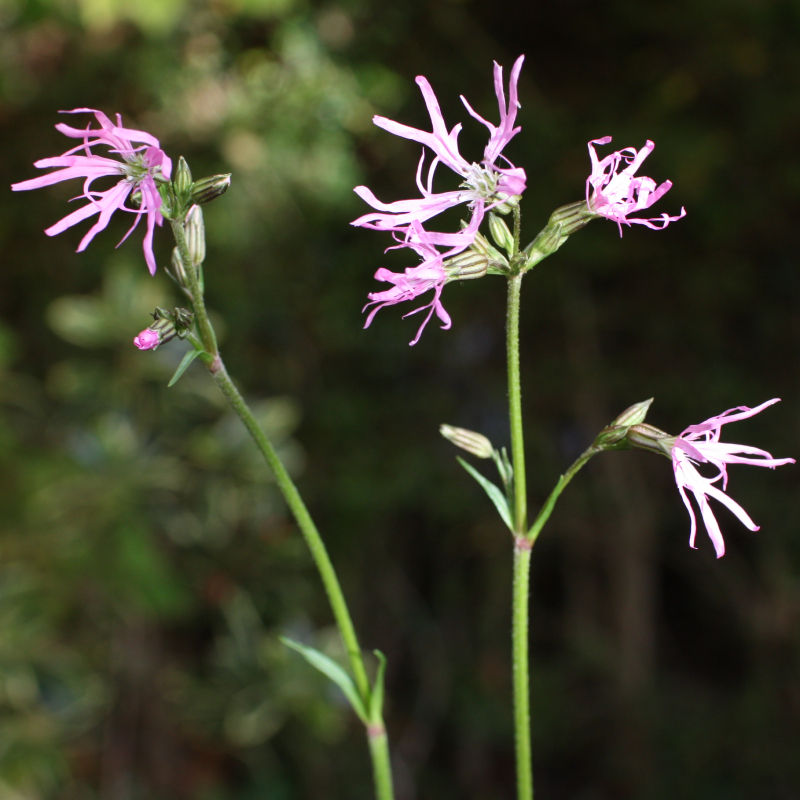Creating a Wildlife Pond
Providing a water source is one of the most important things you can do to support wildlife in your garden; whether it is a dish of water, a birdbath, a small pond, or a lake.
Our local soil is a clayey loam so you will need a pond liner to create a new pond. We found that using a rubber liner is very easy and it means you can choose the exact size and shape that you want. Here is a useful guide on how. They used sand but we found this wasn't necessary.


Our own pond is 1.5m x 1m. One half is a shallow slope which means that any wildlife taking a swim (e.g. hedgehogs) can walk out of the water. The other half is deeper with shelves for our emergent plants. We used old roof tiles to hold down the edges of the pond liner - using turf or soil, when you have a clayey soil, risks clay particles washing into the pond and creating a suspension.


We filled our pond with rainwater and added some rocks at the shallow end as perches for birds and insects. We added native plant species; floating oxygenating plants for the health of the pond, rafting plants to provide cover for tadpoles, and emergent plants for dragonflies to lay their eggs. We then sat back and waited for the animals to come. We had our first dragonfly within days but the frogs took a little longer (three years). It was worth the wait!





Below are the plants that we sell for ponds and for pond edges. If your pond is in a natural dip and the surrounding ground gets boggy then you might also be interested in our bog garden plants.



































